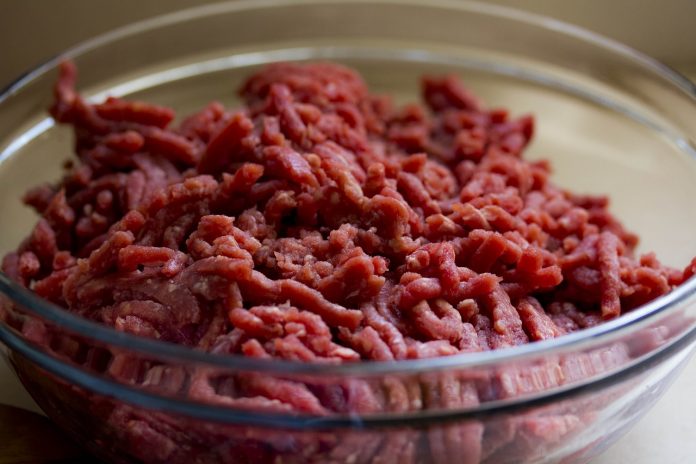By Tracy Turner | Ohio State Chow Line
“I’d like to feed my family more home-cooked meals, but sometimes after a long day at work, it’s easier to stop at a restaurant for takeout. Do you have tips about how to better optimize my time for making dinner at home?”
First, you can take some measure of comfort in knowing that your household isn’t the only one that seems to be spending more money on takeout rather than cooking at home.
According to the Bureau of Labor Statistics, in 2015, the average household spent an average of $3,008 per year on dining out. That number has increased over the past couple of years, with the average household spending $3,154 on food away from home in 2016, and $3,365 in 2017.
However, if you want to lessen the amount of money your household spends on takeout, one way to do that is by planning and preparing parts of those meals ahead of time, said Melanie Hart, educator, family and consumer sciences, Ohio State University Extension.
Preparing basic starter meals at home can save you both time and money, Hart wrote in Making Your Own Convenience Foods, a recent Ohioline fact sheet.
Ohioline is OSU Extension’s free online information resource and can be found at ohioline.osu.edu. OSU Extension is the outreach arm of The Ohio State University College of Food, Agricultural, and Environmental Sciences.
Prepping meals to cook later
One way to get started is to decide which recipes you can make in advance that can be stored in your freezer and thawed for later meals. For example, buying ground beef or whole chickens on sale can be a starting point for making several different meals, Hart said.
“Ground beef and chicken are a common ingredient in many dishes—pasta sauces, tacos, skillet stroganoff, chili, soups, stews, and casseroles,” she wrote. “The additional ingredients for these meals can typically come from canned items that can be waiting in the cupboard for you to use the day of the week you’ll complete the specific meals.”
For example, you can cook several pounds of the ground beef with onions and garlic, drain the fat from the meat, separate the cooked meat mixture based on how much you will need for each meal, and then place the cooked meat into separate freezer bags. Label and date the bags, and then place them in your freezer. The same can be done with chicken or several other meats, casseroles, or vegetables.
Depending on which food you freeze, you can expect foods kept at zero degrees Fahrenheit to be safe to eat indefinitely, although the quality of the food might deteriorate after 3–6 months.
When you are ready to eat one of the frozen meals, you can take it out of the freezer to defrost it in your refrigerator while you are away during the day. When you return home in the evening, be sure to heat the food throughout, Hart said.
“Keeping a list of already made, or half-made meals can make you feel in control as you start your day,” she wrote.
Chow Line is a service of the College of Food, Agricultural, and Environmental Sciences and its outreach and research arms, OSU Extension and the Ohio Agricultural Research and Development Center. Send questions to Chow Line, c/o Tracy Turner, 364 W. Lane Ave., Suite B120, Columbus, OH 43201, or turner.490@osu.edu.
















